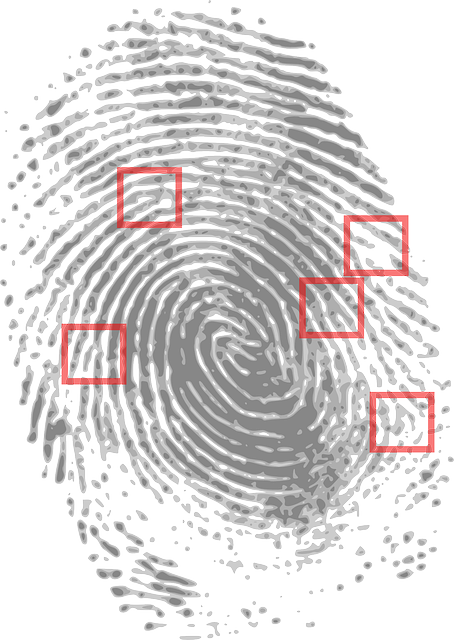
Fingerprints found at crime scenes need to be analysed by professionals.
Welcome back and thanks to us here at The Kronzek Firm, for our breakdown on how law enforcement collects and analyzes fingerprints found at crime scenes. Previously in this series, we’ve talked about where fingerprints are found, the different types, and how they are collected. In this last installment, we’re going to look at who does the analysis and where it happens.
How are fingerprints analyzed?
Once fingerprints have been collected from the crime scene and properly documented, they are sent off to the crime lab for further analysis. Analysis of the prints used to be done manually, by a person who compared images of fingerprints and tried to make a visual match. This was a slow, tedious process with a very large margin of error. Thankfully, the use of computers changed all that.
- The first step in the process is a visual check of the print to determine if it is of sufficient quality to make a comparison. If not, it is labelled as unsuitable and the analysis ends. If it is determined to be good enough for a comparison, then the analysis continues.
- After the print is deemed usable, the analyst will do a side by side comparison with the print of a suspect, if one is available. If there is no suspect, the analyst simply moves to the next step.
- Next is the automated system. Most law enforcement agencies have access to AFIS – the Automated Fingerprint Identification System . IAFIS, the FBI’s integrated fingerprint identification is the largest fingerprint database in the world. It currently holds more than 72 million print records collected from criminals, military personnel, government employees, immigrants and other civilian employees.
- After checking the automated system, the analyst evaluates the results, and comes up with a determination about the print. Was it a match, or are the results inconclusive?
- The final step is verification, where the print match is independently checked and verified by a different analyst, to ensure that the match is correct.
Who performs the fingerprint analysis?
Analysis of fingerprints is usually performed by a forensic scientists, crime lab technicians, or specially trained police officers. Most law enforcement agencies require that the analyst doing fingerprint comparisons have at least a four year degree in science, which could include biology, chemistry or physics. Many agencies also require that their analysts are certified by the International Association for Identification (IAI).
Fingerprints at crime scenes:
The average crime scene yields countless fingerprints, many of which are useless to police. Think about your home. Think about how many people have come into your house in the last month. Even a relatively conscientious cleaner doesn’t make a habit of washing walls with regularity, or scrubbing cabinet fronts. So even if you keep a clean home, chances are there are hundreds of fingerprints throughout your house, left by people who were there for entirely legitimate reasons.
This is why it can sometimes be very difficult for police to use fingerprints in narrowing down a group of suspects. Especially if all of the suspects had legitimate reasons for being at the crime scene before the crime took place. This also applies when the crime took place in a busy public setting, where there is no way to eliminate innocent people’s fingerprints.
As defense attorneys, we understand that there is a lot more to solving a crime than simply matching fingerprints. Just because a person’s prints were found at a crime scene, doesn’t mean that they are a criminal, or that they were even present when the crime happened. So if you or a loved one have been accused of a crime because police have linked evidence found at a crime scene to you, then you are going to need a highly skilled defense attorney. Call 866 766 5245 immediately, and let our experienced criminal defense attorneys protect your rights and your future.







